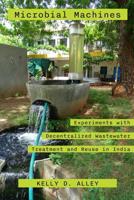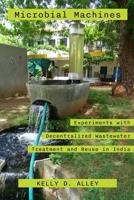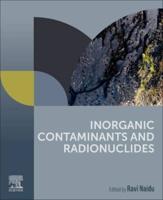Publisher's Synopsis
Waste Incineration Handbook discusses the basic concepts and data on wastes combustion, including the management of waste incineration as a means to control pollution, as well as the process technologies involved. The book reviews the combustion principles such as fuel-to-air ratio, the products of combustion, material and thermal balances. Incineration produces emissions in the form of particulate matter, odorous or noxious gases. Conventional particle capturing devices use gravity settling, inertia or momentum, filtration or electrostatic precipitation, and agglomeration via sonic mechanical means to facilitate removal by increasing particle size. Secondary combustion with or without catalysts, and wet scrubbing control are methods to control or eliminate objectionable odors. The design and operation of an efficient incinerator is based on proper proportions of air and fuel; sufficient temperature; adequate furnace volume; constant maintenance of ignition temperatures; and minimized fly-ash entrainment. The text also discusses on-site incineration and incineration at sea. The book is suitable for economists, environmentalists, ecologists, marine ecologists, and policy makers involved in environmental preservation and pollution control.












